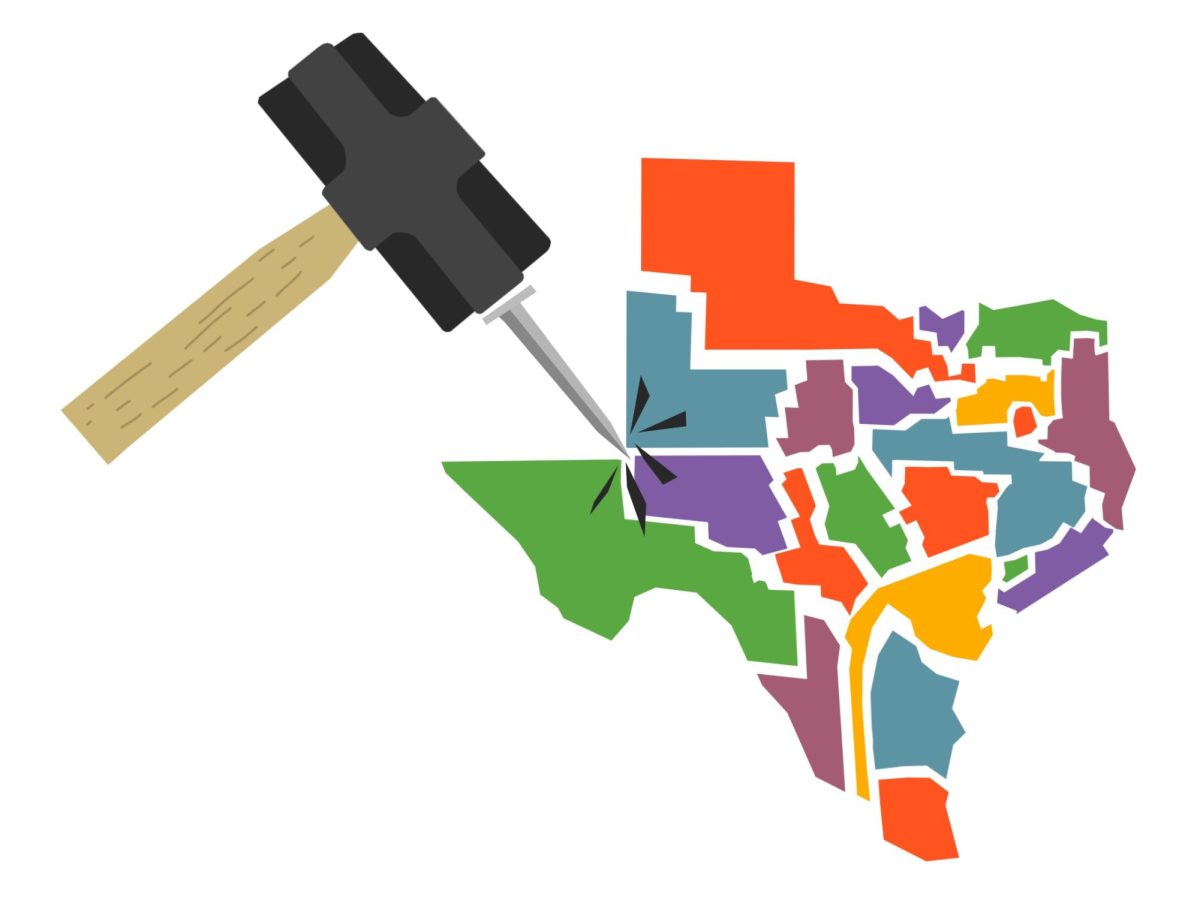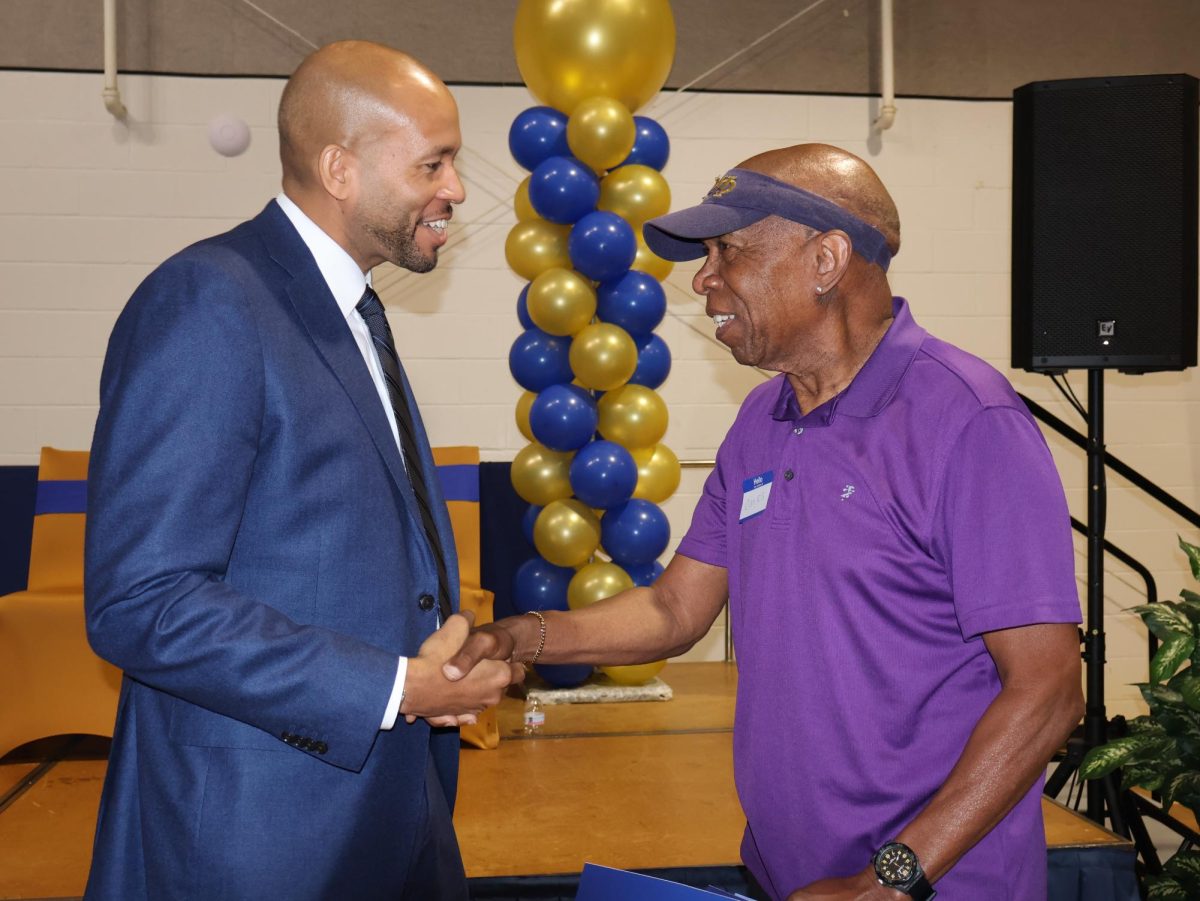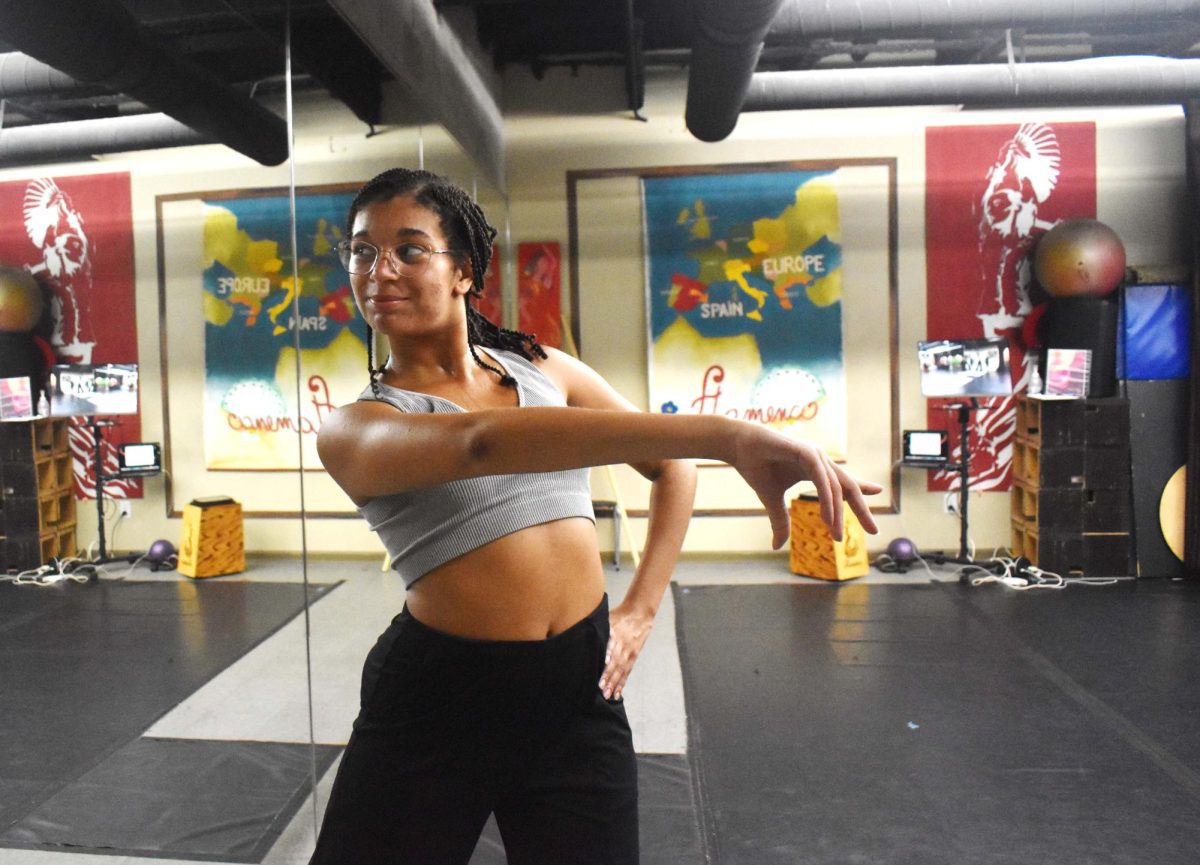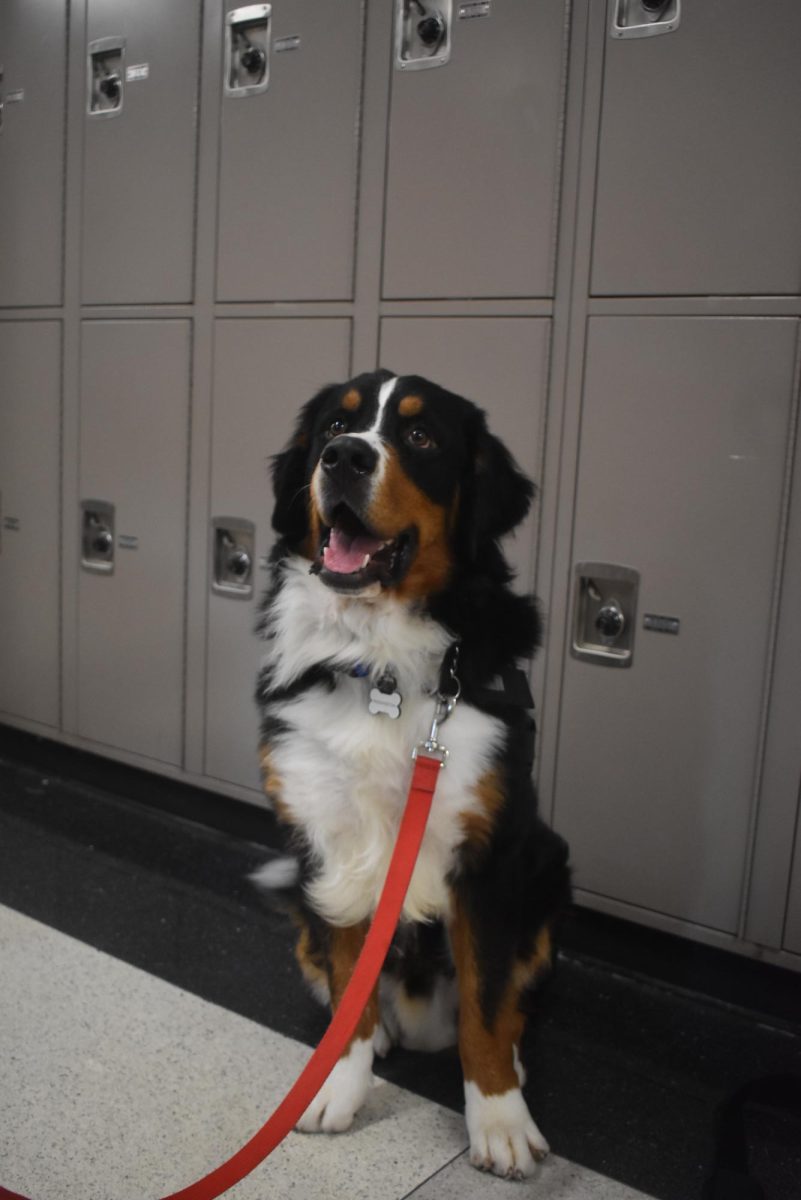With the start of the new school year, traffic in the Midtown area has intensified, causing accidents and worsening environmental problems. In order to solve this dilemma, students and residents of the Midtown area should utilize public transportation and carpooling to a higher extent.
It is no surprise that traffic is worse right before and after school as a flood of students enter and exit school grounds during this time. With a majority of sophomores, juniors, and seniors driving to school, 10th Street and Monroe Drive is packed with cars, bumper to bumper in traffic, causing a variety of problems.
One main problem resulting from this influx of traffic is the detrimental environmental impact. When dozens of cars remain idle in traffic, harmful greenhouse gasses are emitted, worsening climate change. According to an INRIX report, drivers on average spend 97 hours per year in traffic, a third of their total time driving. This means that a third of the carbon emissions from automobiles are emitted when cars are in traffic, barely moving. If traffic was reduced, then Midtown’s overall carbon footprint would greatly decrease. In fact, according to a study by AccessMagazine, reducing traffic through specific measures can decrease automobile carbon emissions by 30%.
A second problem caused by the high volume of traffic at Midtown is the increased likelihood of accidents. Since there are so many cars in such close proximity to each other, there is a much higher probability that human error occurs, resulting in a wreck. In traffic, drivers are in more of a rush, so they are more likely to drive aggressively and cause an accident.
It is no surprise that 25% of car accidents in the U.S. occur during rush hour, when roads are flooded with traffic. The same is true for the Midtown area, in which more car accidents happen when 10th Street and Monroe are packed with cars. For this reason, decreasing the amount of traffic surrounding the school is crucial.
There is a solution to the traffic problem at Midtown. Utilizing public transportation and carpooling can reduce the negative environmental effects of traffic and greatly lower the number of accidents in the Midtown area.
Public transportation in Midtown consists of school buses, MARTA’s rapid transit system and public buses. Buses and subways can transport many more people than individual cars can, which, if used more frequently, would result in a decrease in the volume of vehicles on the road. An average school bus can fit up to 48 people while cars can typically only fit four people. Therefore, increased utilization of public transportation would significantly decrease automobile traffic.
However, buses and rapid transit aren’t available to all students of Midtown. As an interim solution, students could utilize carpooling, which would have a similar effect to public transportation, as the amount of automobiles on the road would be decreased. If multiple students could travel to and from school in one automobile, then the volume of traffic on 10th Street and Monroe Drive would be greatly reduced.
These solutions not only fix the problem of traffic, but they also fix the parking problem. With the great number of drivers at Midtown, parking in both lots is almost impossible to find. With the increased utilization of public transportation and carpooling, fewer cars would be in the parking lot, freeing up spaces and solving the parking dilemma at Midtown.
Implementing these measures is vital to reducing Midtown’s carbon footprint and reducing the number of accidents in the Midtown area. Through the utilization of public transportation and carpooling, the amount of traffic on Midtown roads would be greatly decreased, ultimately reducing environmental effects as well as the probability of car accidents.
Overall, the overflow of traffic at Midtown harms not only the environment, but also increases the risk of accidents at Midtown. In order to solve this ongoing problem, all students at Midtown should greatly consider using public transportation or riding with other people as means of transportation to school.














